
CK's TR6
-
Content Count
164 -
Joined
-
Last visited
Content Type
Profiles
Forums
Calendar
Posts posted by CK's TR6
-
-
-
-
You can do it. I did wasted spark around 2005? maybe earlier. I just redid that harness moving EDIS module into the engine bay. That helped clean up some of my EFI wiring which will be redone whilst my engine gets rebuilt this winter. The new EFI harness will have non spliced wires from pin to pin. After 8.5 years of operation, vibration, and fatigue, this is my opportunity. I have personally seen only one other TR6 with port EFI (TR6 engine) in all the shows etc I have attended. And I haven't seen it in a long time. I know of 2 maybe 3 other cars,in the US. There is one in Oz. Having someone else's car and experience can help tremendously. But, take everyone's advice with a grain of salt. First question should always be, "And how many years have you operated this EFI system?" How do you eat an elephant? therein lies your answer.
-
-
A point about individual runners. The runner length can be tuned to increase Volumetric Efficiency (= torque) at a particular RPM. Jaguar did some studies that achieved over 100% VE, but the torque band was pretty narrow. The other side of individual runners is deciding what fuel calculation type you want to use. Speed density calculations need a good manifold absolute pressure signal. Also, tip in throttle response is a big factor for driving on the street.
-
If the intent is for bragging rights over a pint, the formula for HP= (RPM*Torque)/5252 is good guidance. If your engine can keep its BrakeMeanEffectiveTorque up while RPM goes up, build a motor than can go to 7000 RPM. Racetorations can help with that. Otherwise, increase torque. Which is a function of displacement and volumetric efficiency, mostly. So, the biggest pistons you can afford, head work, compression ratio, valves, cams etc. Then, AFR for best power, basically 12.5. If you have 12.5 AFR, the motor doesn’t care so much if it comes from a EFI or a carb. Then, ignition advance for MaximumBrakeTorque at that operating point, unless you get ping. Research “spark hook tests”. There is where EFI with ignition control can help. You can optimize the timing to achieve MBT at the full operating envelope and if you hit ping, add fuel! A richer mixture cools the charge due to greater heat of vaporization, and burns slightly slower. You can’t do this with a dizzy and carb. If you decide on EFI, go full in with ignition control, sequential injection, coil packs etc. If I did it again, I would have built my bespoke tank with pump in tank, pressure regulator on outside of tank with bypass return right there, and one HP fuel line to the front and MAP line back to regulator on the tank.
-
I put MegaSquirt on my 6 about 8 years ago. And I have EDIS6 ignition via Megajolt since 2005 or so. It was featured in a 6Pack article and in a series of newsletters of the DCTRA.ORG
-
-
I have had Toyo calipers and vented rotors for 15+ years, the bigger issue is finding good pads. Currently I am running custom pads with KFP gold material which matches the material on the rear brakes (GoodParts disc brake kit). The best part of my brake upgrade was the GoodParts dual master cylinder.
-
This guy might be right or might be wrong: http://www.superstreetonline.com/how-to/engine/modp-1005-drivetrain-power-loss
-
Graham, I did a little linear regression analysis on RPM vs road speed estimates correlated with the corrected HP, flywheel hp, and torques values from the plots. It is all pretty consistent. For those who care, HP = (torque x RPM)/5252 I would say this is true at the flywheel. Correcting for drive train losses is ripe for argument. It seems your dyno folks used a total of about 27% loss, some of that was environmental (hotter than standard day, pressure altitude etc) I'm sure. Modern drive trains are a bit lower but then again, some of us have Toyota transmissions and nissan diffs and CV halfshafts. Your engine shows a good flat torque curve with best torque around 5035 RPM (estimate). That would be your VEmax point assuming that AFR's were good and ignition was optimized. I would say that you could get a little more torque at this top end if you had a crank fired and mapped (16x16 table) non dizzy system. Which means you would see HP gains as the RPM increased right up to your and your wallet's limit. A Racetorations billet crank, block brace, cast sump, carrillo's, and light weight pistons, what? good to 7K maybe. If the torque stayed up around 180 lbft, that would be 240hp. It's just money, right?
-
Curious, you wouldn’t have the torque curve vs RPM would you? I’ll assume rolling road and these curves (including) torque are the corrected to flywheel amounts, yes? Trying to compare apples to apples as it were. In the states, we use hp & torque vs RPM for the graphs. Sometimes just at the wheel if it’s a rolling road, sometimes corrected to flywheel if rolling road.
-
https://www.spokeworksled.com/shop
spitfires too
-
I replaced all the rear tail lights with printed circuit board LEDs from Spokeworks. The boards plug directly into the wiring harness, bypassing the pesky bulb holders. Pricey, yes, but really well designed and fabricated.
-
I had shielded the lines and had shields on the exhaust pipes. The fuel got so hot, you couldn’t touch the fuel rail comfortably. I live in Phoenix, so heat is a big issue. Now, the rail is a bit cooler than the plenum.
-
That is how I did it, however, with fuel pumping around in a big circuit with both lines in the T shirt area, the fuel got wicked hot. I have subsequently rerouted one line out of that area. My neighbor, who is a big time hot rod guy, is doing something completely different on his 57 vette. The pump and the regulator are in the tank. A MAP line is connected from the manifold back to the back of the car to a fitting on the side of the tank which then goes to the regulator. Only the pressure referenced fuel line goes to the fuel rails. Cuts down on noise, return lines, etc and is much safer. Most ECU's have a air purge code upon initial start up so that isn't a problem.
-
All in would be dual masters and discs from GoodParts., Ted at TSI can make bespoke pads or shoes out of differing compounds so front and rear have same material. KFP magnum gold material works good on the street (good coefficient of friction when cold), but many would consider them messy.
-
Email me at gimpsunlimited@gmail.com
-
11 hours ago, iani said:
Would you be happy to share your drawing? I could then have a bracket made up.
Sure, took pictures but they won’t upload from my phone. They are about 3.8 MB each but still fail to upload even just one.
-
Ian, I did six mega jolt kits 13/14 years ago. This was from the first customer’s car. I still have the drawings. Fabbed out of some scrap al plate, small piece had groove milled in it for the sensor, the other plate milled to get height correct, the sensor set with the gap for EDIS. Used existing holes on front plate. As for the position of the missing tooth/trigger wheel, way back then, yes it mattered for mega jolt or mega squirt. As for now, IDK.
-
Something along this line, perhaps?
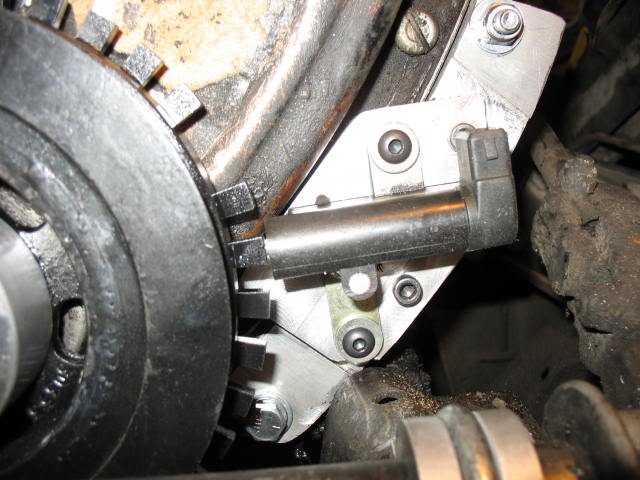
-
Dissimilar metals with an electrolyte solution equal battery/corrosion. Change coolant like you should and consider, https://www.northernfactory.com/knowledge/sacrificialcaps. Modern cars have aluminium, cast iron, plastic etc in the coolant loop. Coolant ages out because of this.
-
How many clicks do you get when you pull up the handbrake? If more than four, adjust the rear brakes so that it takes three clicks. The difference can be dramatic. The front discs may get pad knockback after cornering. Front bearing spacer kits will relieve this problem. All in is four pot vented front brakes, rear discs, and dual master cylinders with balance bar. Then, of course, sticky tires like Potenza RE-71's. But, it's a lot money.
-
Yes, I know that americans aren't bright enough to know which knobs are who (I mean which) without a sign, but, if you have a TR6 wherein the plinth was broken out at the mount holes, here is my video on the repair. As for the whole assembly, I will have a working prototype in 2 weeks and will post pictures of it.

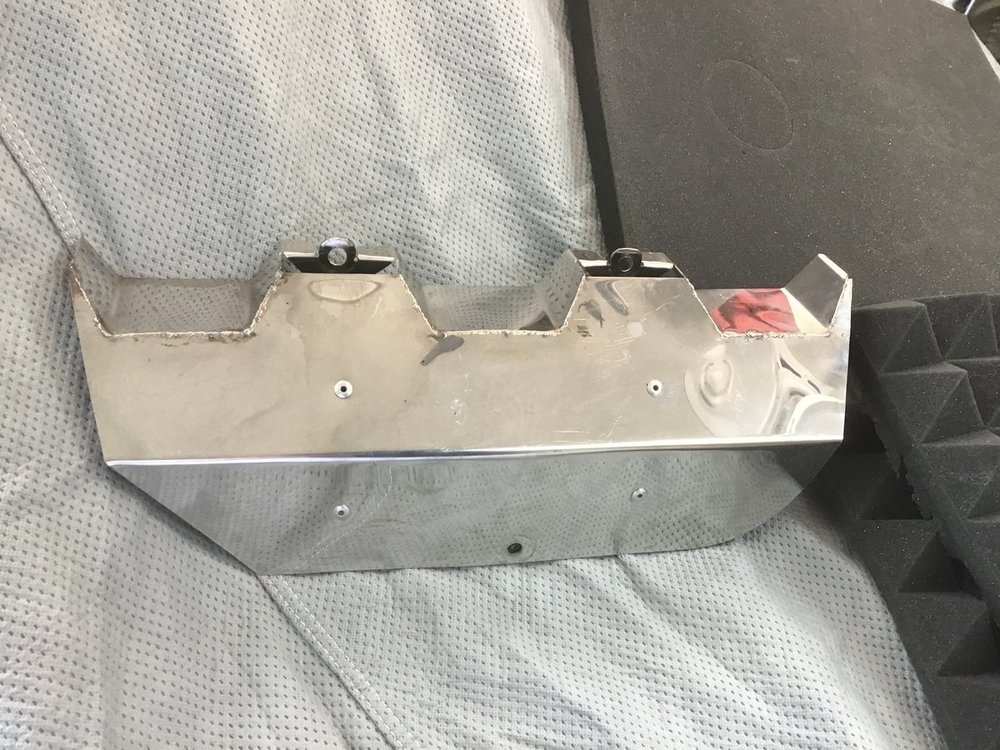
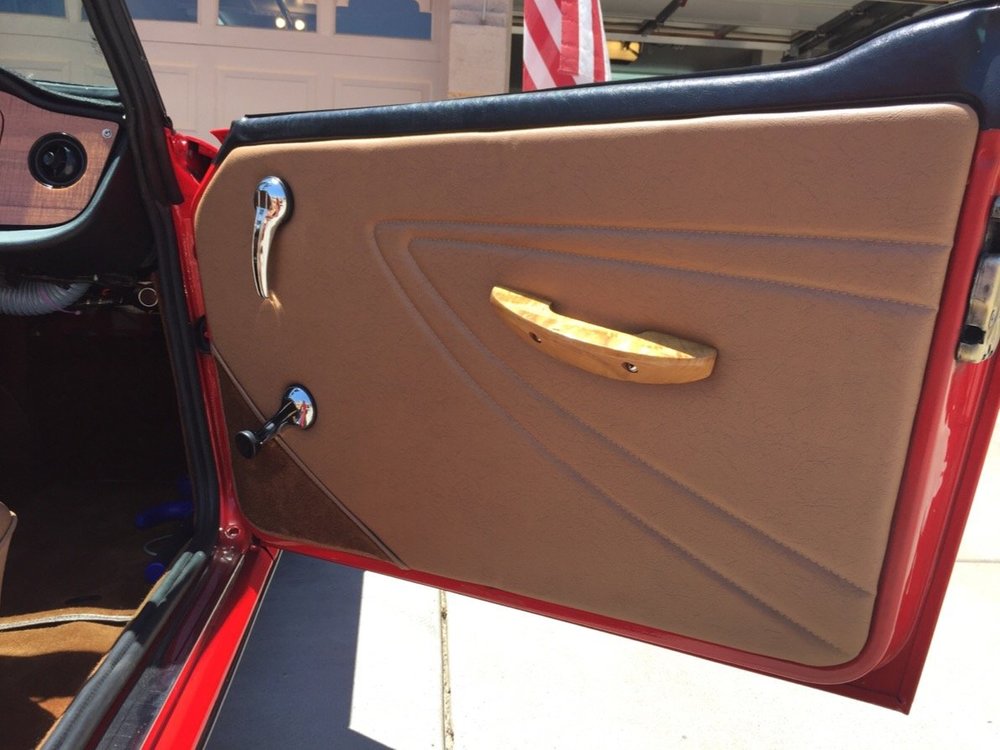
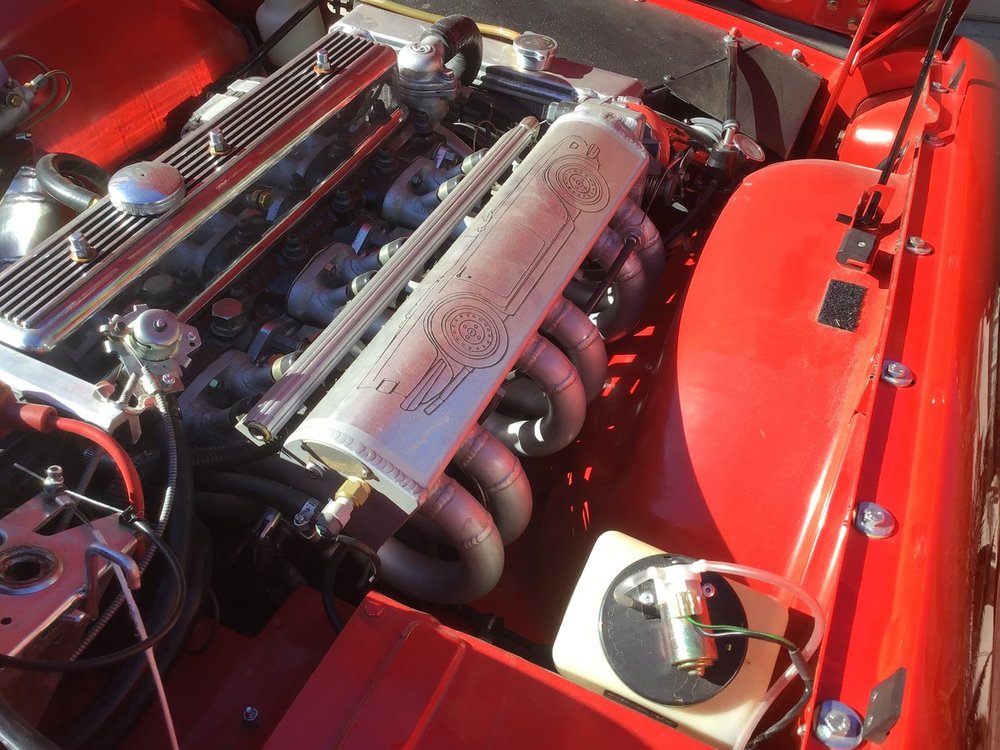
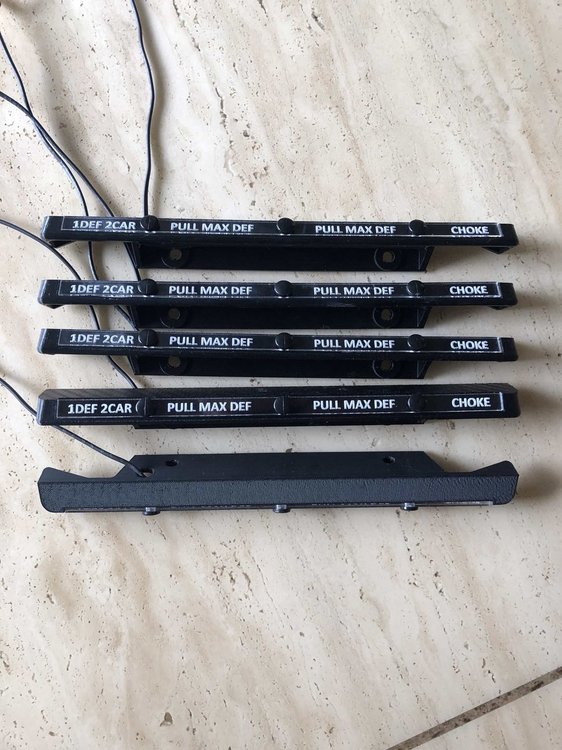
What's inside ?
in TR6 Forum
Posted
I have a single TB on a common plenum with EFI. The plenum displaces about 3.7L. I have run a WBC 518 cam with a CR of 9.9 for over 7 years. I have had no idle quality issues, hunting, or poor response below 2000 RPM. In fact, I usually drive around 1500 rpm in the city. Here is an article re various camshafts. https://averymotorsports.com/tr6-camshaft-selection/